Our company would not have come into being without a close partnership with professionals who specialize in the selection of oak and transforming it into staves.
Expertise
Any winemaker knows that without the finest raw materials, there can be no great wine. This is also how we think about our barrels.
The choice of wood
Find out more
Toasting
Find out more
The choice of wood
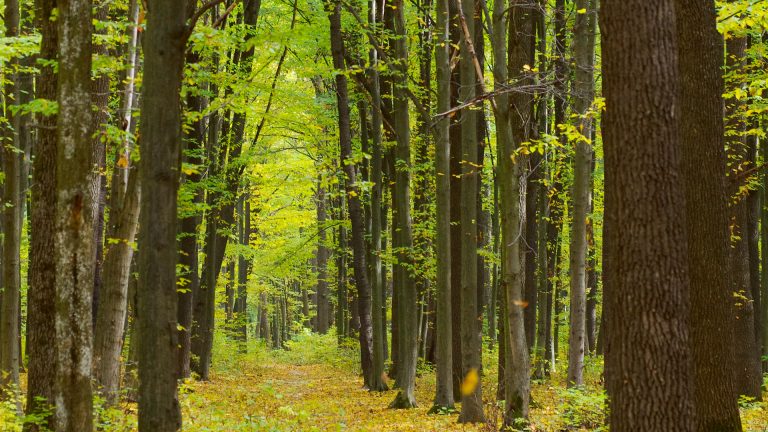
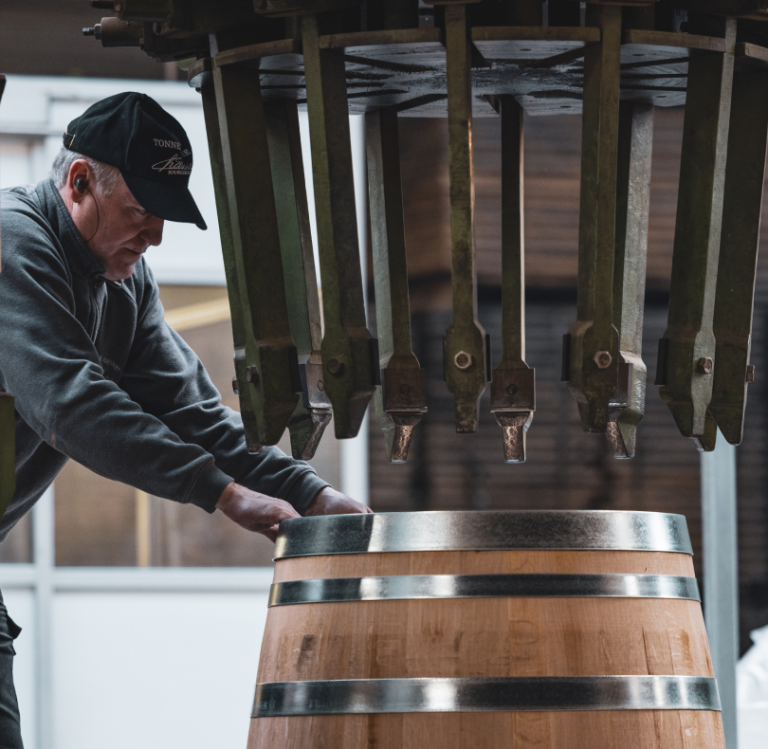
We work in close collaboration with family-run stave mills, who share the same philosophy of craftsmanship and quality that we do.
These companies are committed to a traceability process that rules out any negligence regarding the origin of the wood, its quality, and the drying time.
We work with over sixty different forests located mainly in Central France. (Vierzon, Saint Palais, Allogny, Bercé, Senonches, Fontainebleau, etc.).
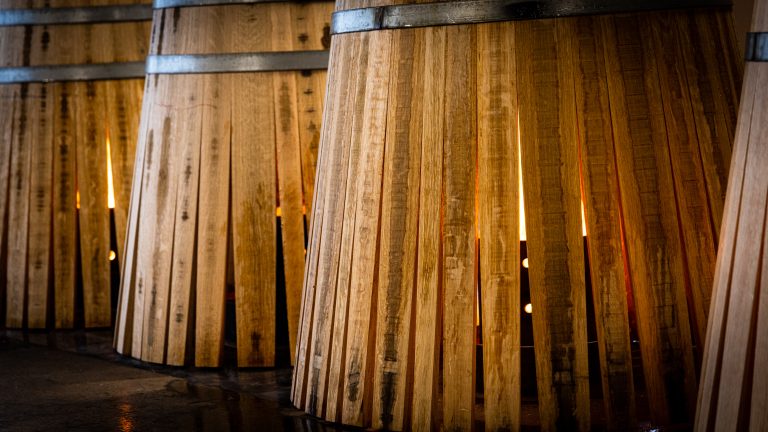
After the trees are felled, the oak is split and cut into staves according to industry best practices to preserve the grain of the wood.
Our regular visits have always confirmed that these workshops always comply with the highest standards of quality.
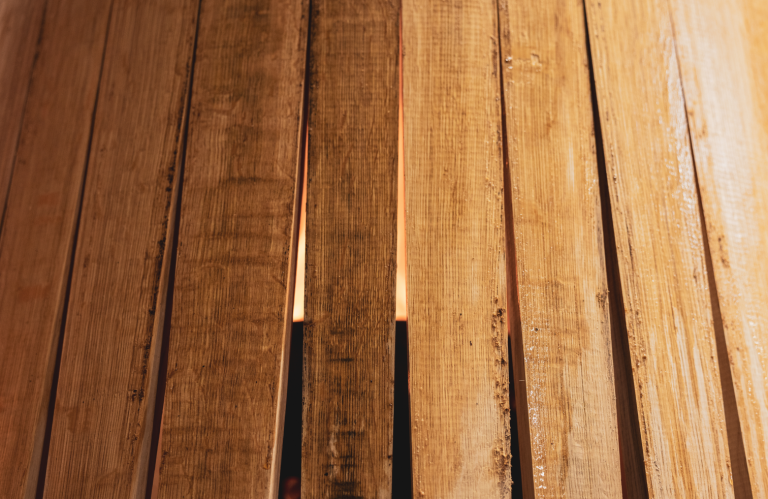
Our suppliers then dry the wood on their sites, which are located near the forests and far away from any sources of pollution.
We prefer a natural drying period of 18 to 24 months, because we believe that the staves should be neither too young nor too old.
If the staves are too young, they add green tannins to the wine; and if the staves are too old, they lack compounds useful to the wine.
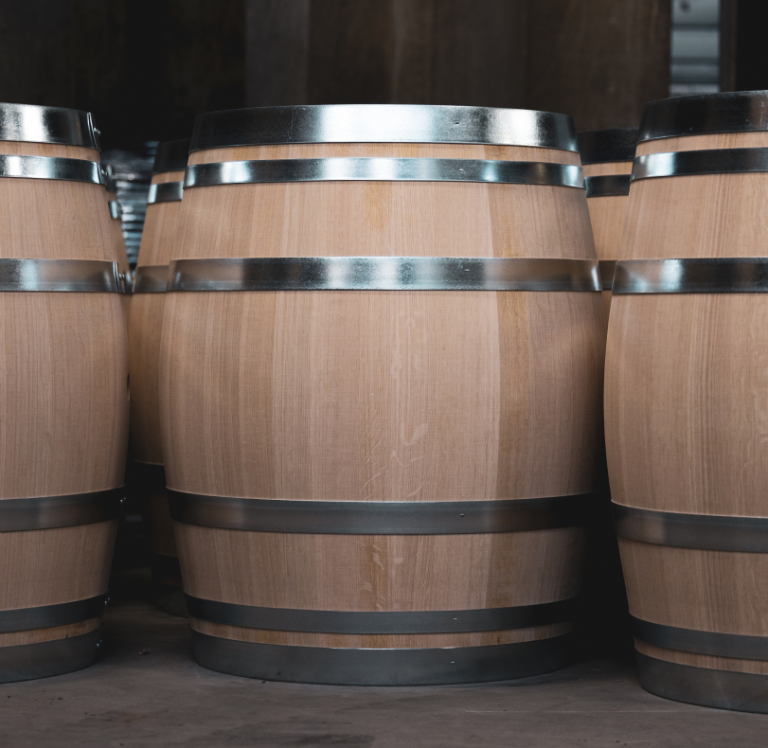
This is where we come in, selecting batches of staves according to our customers’ needs.
We pay special attention to the origin of the wood and its aromatic profile.
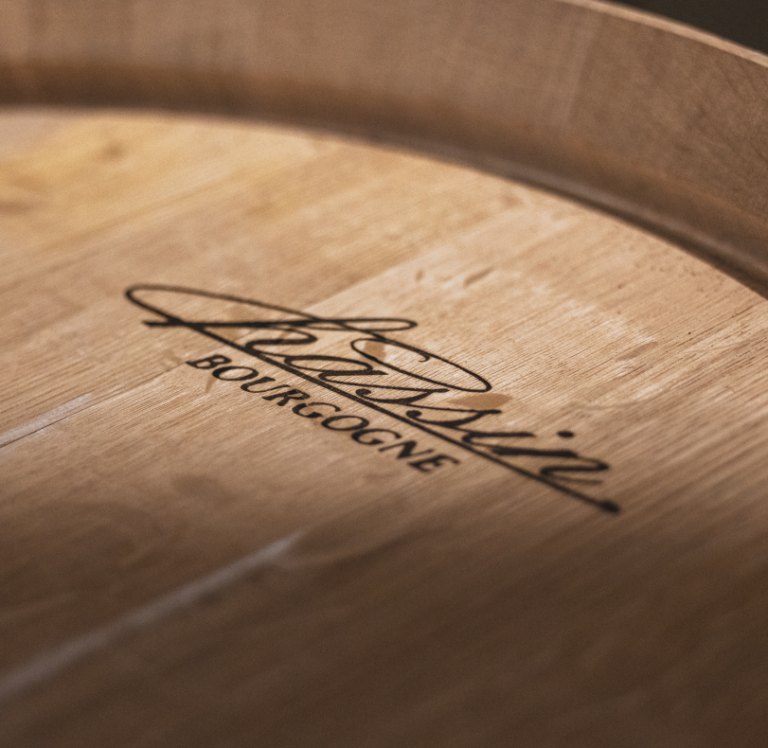
Depending on its terroir and tannins, each wood origin will add its own aromatic characteristics to the wine. Our job is to define the profile of each forest to discover the blend or the pure origin that will meet the customer’s expectations.
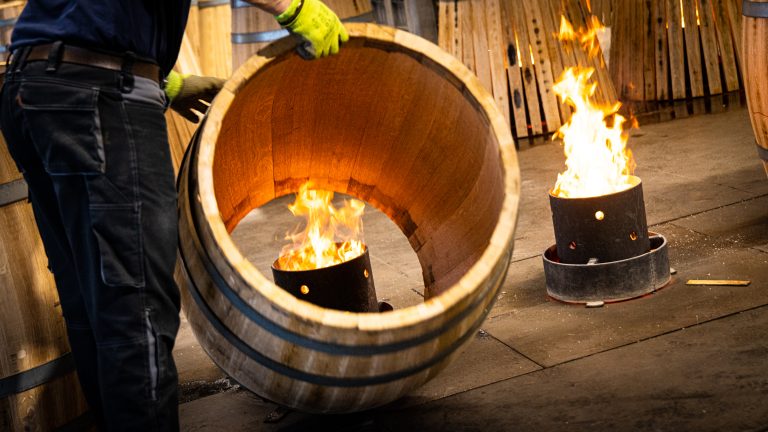
The grain, whether fine or medium-fine, and the origin of the forest have a major influence on the style of the barrel.
Today, toasting is the only way to define the aromatic profile of each forest.